The Thirteenth Chair (1929) Online
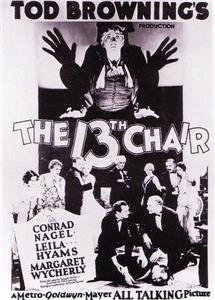
Although his murdered friend was by all accounts a scoundrel a true "bounder" Edward Wales is determined to trap his killer by staging a seance using a famous medium. Many of the 13 seance participants had a reason and a means to kill, and one of them uses the cover of darkness to kill again. When someone close to the medium is suspected she turns detective, in the hope of uncovering the true murderer.
| Cast overview, first billed only: | |||
| Conrad Nagel | - | Richard Crosby | |
| Leila Hyams | - | Helen O'Neill | |
| Margaret Wycherly | - | Madame Rosalie La Grange | |
| Helene Millard | - | Mary Eastwood | |
| Holmes Herbert | - | Sir Roscoe Crosby | |
| Mary Forbes | - | Lady Crosby | |
| Bela Lugosi | - | Inspector Delzante | |
| John Davidson | - | Edward Wales | |
| Charles Quatermaine | - | Dr. Philip Mason (as Charles Quartermaine) | |
| Moon Carroll | - | Helen Trent | |
| Cyril Chadwick | - | Brandon Trent | |
| Bertram Johns | - | Howard Standish | |
| Gretchen Holland | - | Grace Standish | |
| Frank Leigh | - | Professor Feringeea | |
| Clarence Geldart | - | Commissioner Grimshaw (as Clarence Geldert) |
Completed July 16 1929, the first sound feature in which Bela Lugosi's famous Hungarian tones were heard.
The play opened in New York City, New York on 20 November 1916 and ran for 328 performances. The cast included Margaret Wycherly, who is also in the movie, and Walter Young.
Helene Millard was cast while finishing a run of the play 'The Streets of New York' with Edward Everett Horton at the Majestic Theatre; 'The Thirteenth Chair' was her first film role.
Bela Lugosi is here seen already wearing the ring with an oval-shaped gemstone which he wore two years later in Dracula (1931). This would indicate that the ring always belonged to him, and was not a studio prop. Lugosi also wore it in many subsequent films. In a filmed interview, he mentioned losing it at some point.
Circa minute 44:20, Bela Lugosi points to the sitting medium and pronounces her name, Madame La Grange, with a flawless French accent. As he did in White Zombie (1932) and in The Black Cat (1934) when pronouncing French phrases, Bela completely drops his Hungarian accent and does not roll his R's as was customary for him when he spoke English with his thick native accent, but rather uses the same guttural R's as the French do. Not only that, but his French "an" sound is flawless, and nasal like a native Parisian, without a trace of any foreign accent. This would indicate that Bela Lugosi was probably fluent in French. For Bela to be able to so easily switch from one accent to the other, he would have had to have learned French as a child, and most likely before the age of 7 to be able to speak it like native, as he did. Where he learned it is a mystery, as he is only known to have lived in Germany besides Hungary and USA, and documentaries indicate that Bela dropped off school at the age of 12. The mystery therefore persists and has yet to be revealed.
The "boom mike" submitted as a goof when the inspector arrives to the home is actually the knife/murder weapon sticking in the ceiling.
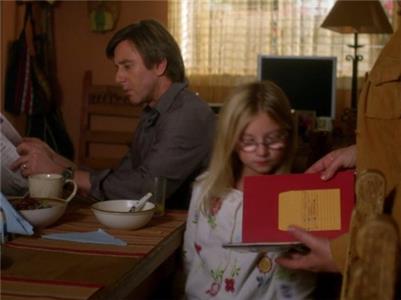
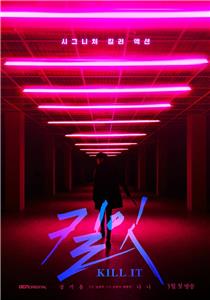
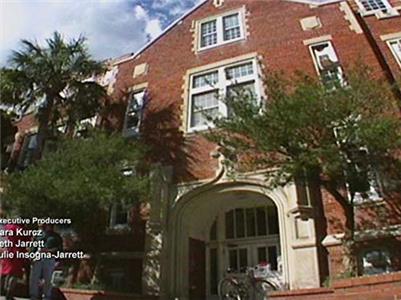
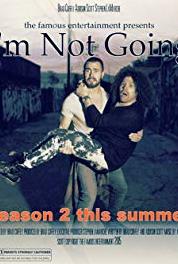

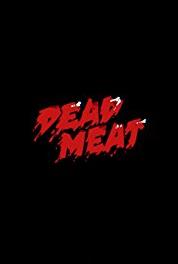
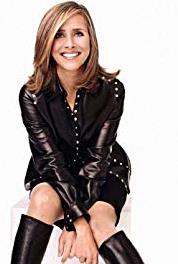
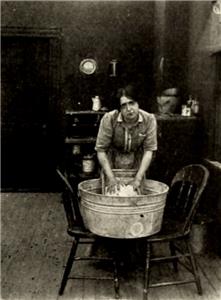
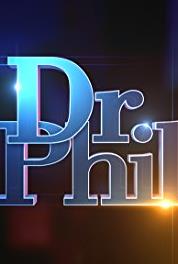
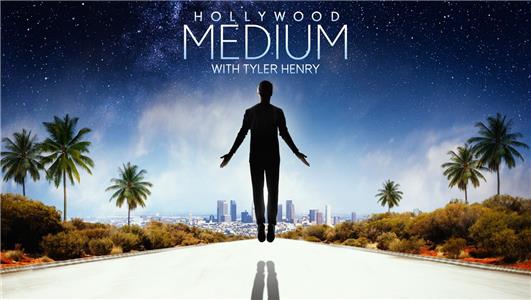
User reviews